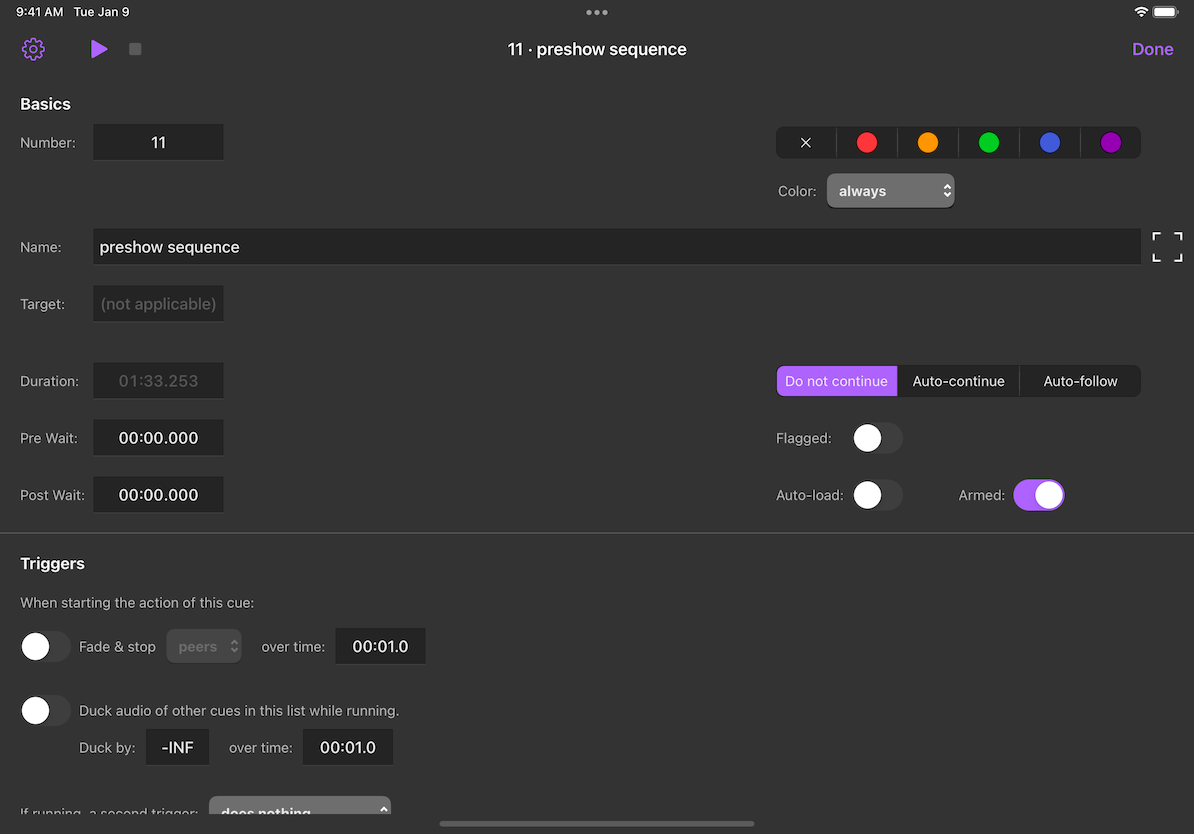

Due to space limitations, for most performances our theater uses pre-recorded tracks rather than live musicians. Generally, you won't see much damage from earthquakes that register below 4 on the Richter scale.In a world of increasingly buggy and poorly designed software, the QLab developers continue to succeed in delivering a quality product that is truly useful and versatile. It killed nearly 1,900 people and caused about $4 billion in damage in 2010 dollars. The biggest quake in recorded history was the 9.5 quake that struck Chile in 1960. Only a tiny portion of earthquakes (15 or so of the 1.4 million quakes that register above 2.0) register at 7 or above, which is the threshold for a quake to be considered major.Ī temblor with a magnitude of 8.0 or higher is considered a "great earthquake." On the average, one earthquake of such size, such as the 1964 Good Friday Earthquake in Alaska and the 2011 Japanese Earthquake and Tsunami, occurs somewhere in the world each year. Events with magnitudes of about 4.5 or greater - there are several thousand such shocks annually - are strong enough to be recorded by sensitive seismographs all over the world. With every whole point the magnitude rises, the strength of the waves increases tenfold. A majority of quakes register less than 3 on the Richter scale these tremors, called micro-earthquakes, aren't generally felt by people and are usually recorded only on local seismographs. Image: Photo from March 2011 earthquake in Japanįortunately most earthquakes are extremely small. The most recent large earthquake of magnitude 9.0 or larger was a 9.0 magnitude earthquake in Japan in 2011 (as of March 2011), and it was the largest Japanese earthquake since records began. The largest earthquakes in historic times have been of magnitude slightly over 9, although there is no limit to the possible magnitude. That's why shallow earthquakes are more common and more dangerous, because the shallower an earthquake, the more damage to surface structures it can cause. The deeper the earthquake, the more powerful it is, but it is also far less likely to reach the surface. We know that earthquakes can originate at various depths within the Earth's solid core. A magnitude 7 earthquake ruptures a fault area of about 1000 km2 or about 50 km long and 20 km wide.Īlso depth is an important factor influencing earthquake severity. Hence the larger the rupture area, the larger is the earthquake. The size of an earthquake is not only a function of the amount of displacement but also the area of the fault plane that ruptures. Tectonic earthquakes can range in size from magnitudes less than zero, resulting from fault slippage of a few centimetres, to the largest events (magnitude greater than 9), where fault displacements are on the order of many metres. Video: How things work: How Does the Richter Scale Work? Highest magnitude ever recorded The amount of energy released increases 31.7 times between whole number values. That is, the wave amplitude in a level 6 earthquake is 10 times greater than in a level 5 earthquake, and the amplitude increases 100 times between a level 7 earthquake and a level 9 earthquake. In the case of the Richter scale, the increase is in wave amplitude. In other words, a two is 10 times more intense than a one and a three is 100 times greater. The Richter scale is a base-10 logarithmic scale, meaning that each order of magnitude is 10 times more intensive than the last one. Adjustments are included for the variation in the distance between the various seismographs and the epicentre of the earthquakes. The Richter magnitude involves measuring the amplitude (height) of the largest recorded wave at a specific distance from the seismic source. The magnitude of an earthquake is determined using information gathered by a seismograph. Image: Richter Scale of Earthquake Energy


 0 kommentar(er)
0 kommentar(er)
